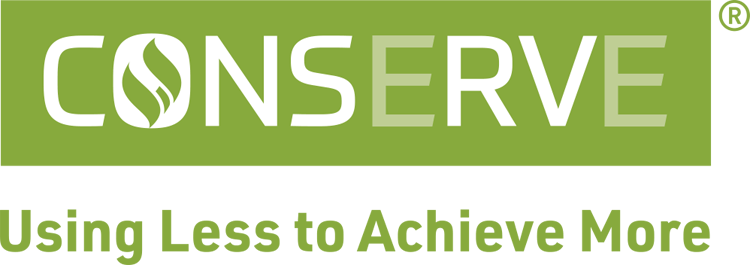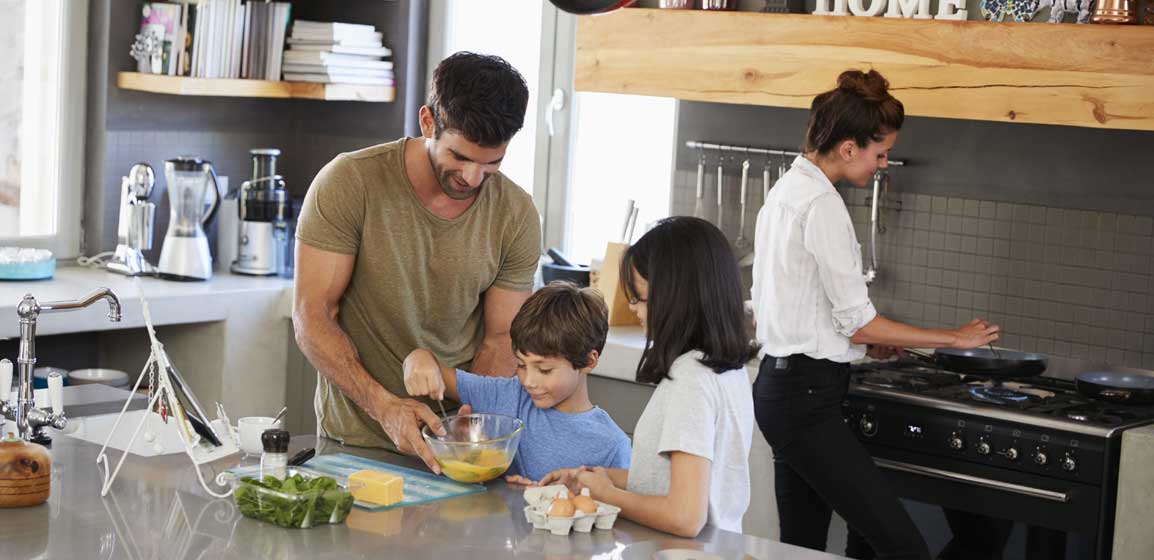The Thanksgiving holiday season is always a great time for family, food, and fun. But for many, it also means spending plenty of time in the kitchen to prepare and cook all the wonderful foods the rest of the family will enjoy. But all that cooking, baking, and hosting can make your energy bill climb faster than your dinner guests’ appetites. However, there is good news! A few simple tricks can help make your Thanksgiving event just as memorable, just as cozy, and a lot more efficient.
Make the most of your oven
When it comes to energy use, your oven is likely the appliance that is working the hardest during Thanksgiving. To cut back on that amount of time it’s on, try baking multiple dishes at once rather than in separate batches. And remember, every time you open the oven door, the temperature can drop by as much as 25 degrees, which will force your oven to work even harder over the course of the day. If possible, consider using the light and window to look in on your dishes and check the cooking progress, instead.
Use smaller appliances for smaller cooking tasks
While the oven is likely to be your go-to appliance this Thanksgiving, it isn’t the only tool in the kitchen. Microwaves, toaster ovens, slow cookers, and air fryers all use less energy than a full-sized oven and can often do the job for your cooking needs just as well. Plus, using smaller appliances that generate less heat also helps keep your kitchen cooler, which means your heating system doesn’t have to work quite as hard.
Be smarter about your stove top use
Try matching the right pot or pan size to the right burner. This helps to ensure that the heat goes only to where it’s needed, instead of rising into the kitchen, unused. And, if you keep your pots and pans covered while cooking your food, they are going to trap heat, reduce the overall cooking time of the dish and save energy. For those with gas ranges, make sure the flame is only just touching the bottom of the pot or pan. If the flames are licking the sides of the dish, that’s just going to be wasted heat.
Put that warm air to work
You can try to reduce the amount of heat you’re generating in the kitchen, but it’s inevitable that cooking for hours on end is going to make your kitchen one of the warmest rooms in the house. So, instead of letting that extra residual heat go to waste, put it to good use! If your kitchen or adjacent rooms in your home have a ceiling fan, set them to reverse (clockwise) on a low speed to gently push the warm air down from the ceiling and circulate it throughout the rest of the house.
And if you know you’ll be roasting, baking, or simmering all day, consider setting your thermostat a few degrees cooler than you normally would. The warmth from the kitchen will help keep your home at a comfortable temperature.
Don’t forget the refrigerator
With all the preparation throughout the day, your refrigerator is bound to see as much action as your stove. But try not to overload it. The air inside needs space to circulate. Also, check that the seals are tight and the temperature is set correctly. When storing leftovers, don’t put hot food directly into the fridge. Let it cool slightly to prevent your fridge from working harder to bring the temperature back down.
A recipe for savings
From the kitchen to the dining room, these small changes in how you prepare and cook your Thanksgiving meals can save energy without sacrificing any of the joy that time with your friends and family can bring.





